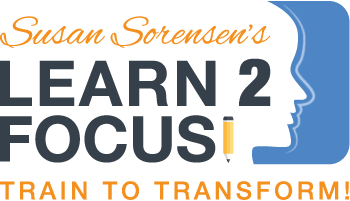How the Landau Reflex May Challenge Your Child's Progress
/This week, we’re back to talking about primitive reflexes, those amazing sensory responses that are developed in your child to help establish motor head control, posture, sensory integration and stability. I find it fascinating that there are so many of these reflexes that start developing in the womb, and each of them have a specific, important role.
For example, do you know which intricate reflex helps your baby look up at your face, while lying on his or her stomach? Thanks to the specific primitive reflex known as the landau reflex, infants are able to start lifting their heads at four weeks and at two months, lift their chests. By the time the infant is about four months old, the child’s landau reflex enables him or her to raise legs while lifting the head and chest.
Each of these stages that the child goes through are known as developmental stages. As long as the child is able to make his or her way through each stage, the landau reflex will hopefully be fully integrated by the time the child is about three years old. This helps the child develop motor coordination, allowing the child to lift his or her head while keeping the legs on the floor.
Unfortunately, if the landau reflex remains in the child past its “due date” without being integrated, the child can grow up to have challenges keeping the head upright. His or her body posture might be affected, and there may be issues with sitting upright, due to low muscle tone in the neck and back. This can all lead to problems with vision and difficulty with attention and focus. Often times, this can extend even to depression in adults, as the landau reflex is associated with body posture and linked to positive emotions such as joy and happiness.
With the introduction of rhythmic movement therapy (RMT), these many challenges of nonintegrated landau reflex (as well as other nonintegrated primitive reflexes that I’ve mentioned before) can be overcome. When my students pair their learning programs such as Interactive Metronome with RMT for reflex integration, I often see a significant improvement in their focus, coordination and attention. Feel free to ask me about RMT and primitive reflexes if you’d like to learn more!

